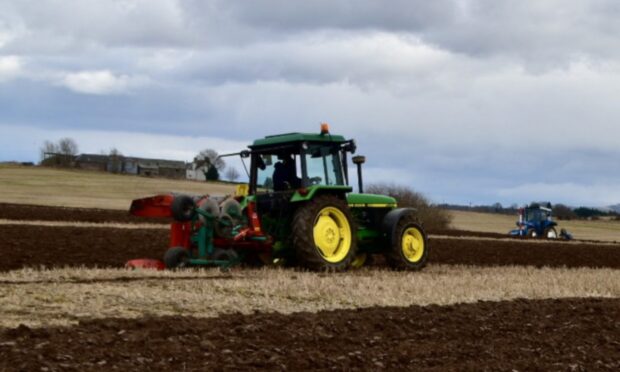In almost every meeting with farming clients recently two comments have consistently been made, “the price of new machinery is through the roof” and “you just cannot get machinery.”
So what impact will this have on farming businesses?
The positive impact is improved cashflow, as higher hire purchase payments are not being made, meaning bank and current hire purchase debt will be reducing, which in times of uncertainty is a positive.
However, there could be a nasty surprise lurking just around the corner. It has never been the case that a professional adviser would advocate spending money on machinery purely for tax reasons, but this has been a major driving force for machinery sales in recent years. The availability of 100% tax relief on purchases up to £1 million has allowed agri-businesses to mitigate tax liabilities completely.
Many businesses find themselves in an unenviable cycle of “having” to buy just to maintain the desired level of tax.
Given these issues, the lack of capital investment in 2020 may mean this year’s taxable profits are higher than many expect, and the perfect storm is brewing.
Incomes
Scottish farm incomes in 2020 dropped by more than one third and farmers therefore find themselves in a situation where lower income is being met with higher tax bills. It is always a challenge to explain to a client why tax bills are up when profitability is down.
As we all know, the chancellor will be under severe pressure to balance the books because of the Covid pandemic.
Couple that with the potential of Indyref 2 within the next five years, and it is not unrealistic to think that income tax rates will increase.
That could mean tax relief today costs a business more in future years when they sell or trade in an asset.
For example, a farming partnership bought a new tractor for £120,000 in 2019 which saved income tax at 20% and national insurance at 9% – a total tax saving of £34,800.
If in 2023 the same tractor is traded in for £100,000 due to a buoyant secondhand market, the farmer would repay £29,000 of this tax relief.
Now imagine National insurance rates were aligned with employment at 12% and there was a 3% rise in income tax, the farmer would now have to repay a further £6,000 in tax relief.
In summary the depreciation of £20,000 on the machine has resulted in a tax bill of £200 – not the tax saving that was thought about at the outset.
Capital expenditure
Many farming businesses should review their capital expenditure for the past year now and get accounts completed early so any unforeseen tax liability for January 2022 is known as soon as possible.
Mark Gibson is a partner with Thomson Cooper accountants.










